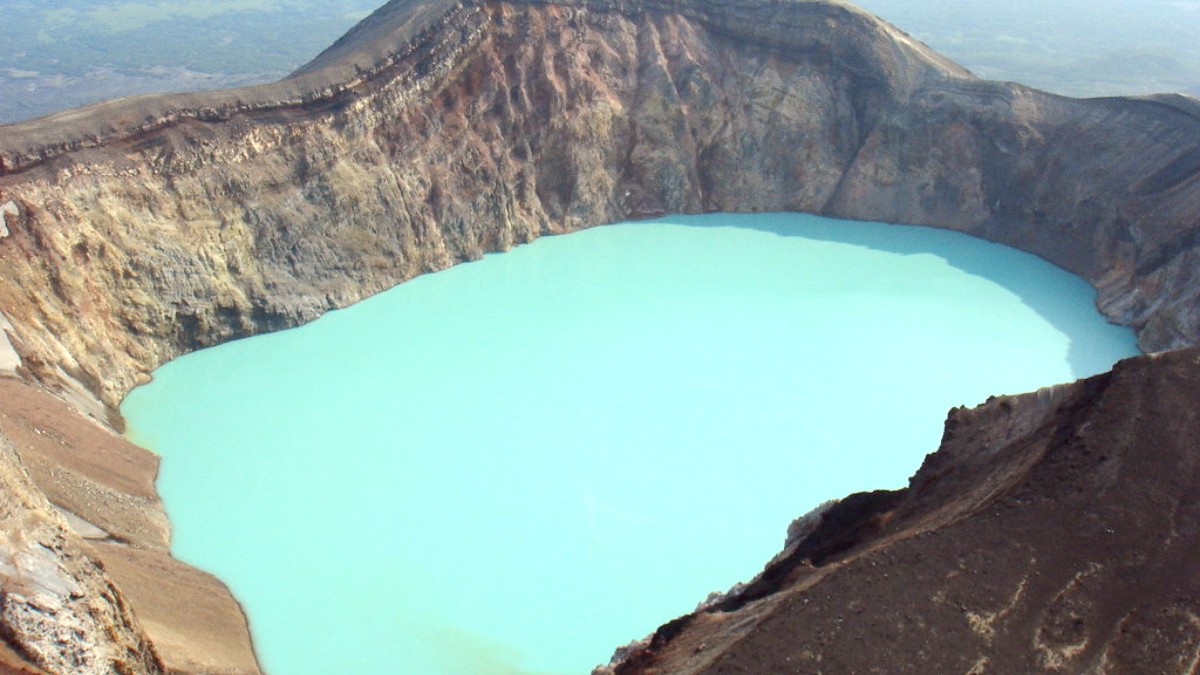
Russian Far East, Russia
Summer (July-August) is the mildest period, but do not expect consistently warm weather. Shoulder seasons (June, September) bring colder, more variable conditions. Layering is for adapting to rapid temperature changes, rain, and wind.
Winter (November-April) calls for specialized cold-weather gear to combat long, cold, and snowy conditions. Temperatures drop significantly, and heavy snowfall is a defining feature. Headwear and gloves are useful for retaining body heat.
Waterproof hiking boots with good ankle support are a necessity for uneven, rocky, or muddy volcanic terrain. Ensure boots are broken in to prevent blisters.
Comfortable Sandals or light Sneakers provide relief for feet in the evenings at camp or lodge. Comfortable walking shoes suffice for city exploration.
Pack multiple pairs of wool or synthetic Hiking socks. These materials wick moisture and help prevent blisters. Avoid cotton socks for hiking. Liner socks can reduce friction.
Retain both physical and digital copies of papers. This redundancy ensures access in case of loss or damage, a prudent practice for any remote travel.
Kamchatka offers incredible photographic opportunities, but its remote nature signifies planning for power and connectivity. Charging opportunities are limited during treks and in remote camps, so portable power solutions are paramount.
Kamchatka’s landscapes and wildlife present unparalleled photographic opportunities. Plan your camera gear and digital resources meticulously. Backup solutions safeguard your precious memories.
Bring at least 2-3 spare batteries for your camera and any other power-hungry devices. Power opportunities are limited during treks and in remote camps.
Ensure robust backup solutions for your photos and data. Cloud storage is suitable when Wi-Fi becomes available, supplemented by physical drives or multiple memory cards.
Before flying a drone, meticulously check Russian and specific Kamchatka national park regulations. Restrictions often apply, and prohibitions exist in certain areas (military facilities, strict nature reserves).
Your personal health and wellness are paramount in a remote location like Kamchatka. A well-stocked first aid kit and personal medications are a necessity. Bring any prescription medications in their original packaging with a doctor's note.
Environmental protection from insects and sun is . Furthermore, ensure personal hygiene items are not overlooked, as certain brands may be difficult to acquire locally.
Your gear for trekking and camping must withstand variable weather and terrain. Renting specialized items locally can be an option for some equipment.
For capturing Kamchatka’s wildlife and vast landscapes, specific tools improve your experience. Consider equipment that brings distant subjects closer and protects against the elements.
For activities like heli-skiing or fishing, specific equipment is paramount. Assess whether to rent or bring your own gear based on quality, familiarity, and cost-effectiveness.
Small items greatly improve your travel comfort and security during long journeys and in diverse environments.
Beyond comfort, certain items contribute to your health and safety in Kamchatka's unique environment. Consider bringing specialized supplies that may be difficult or more expensive to purchase locally.
Minimize plastic waste. Use a filter for natural sources.
For market visits and souvenir purchases.
For off-grid power to small electronics.
For all your waste in wilderness areas.
Pack durable, layered clothing for variable conditions. Prioritize waterproof outer layers. Consider Nordace for modern travel bags.
For efficient packing and organization, use packing cubes. Always leave some space for souvenirs, especially local seafood delicacies if traveling with proper cooling.